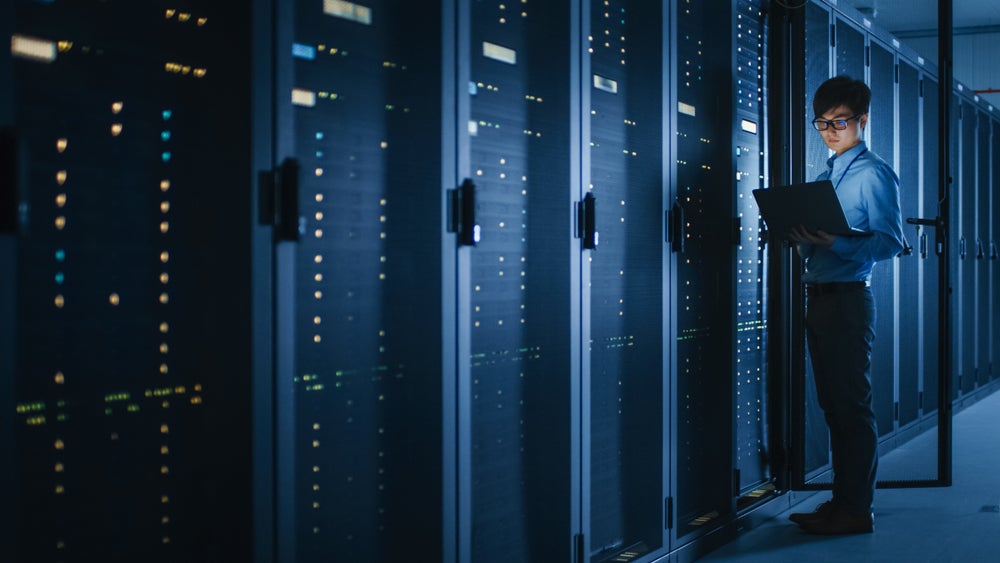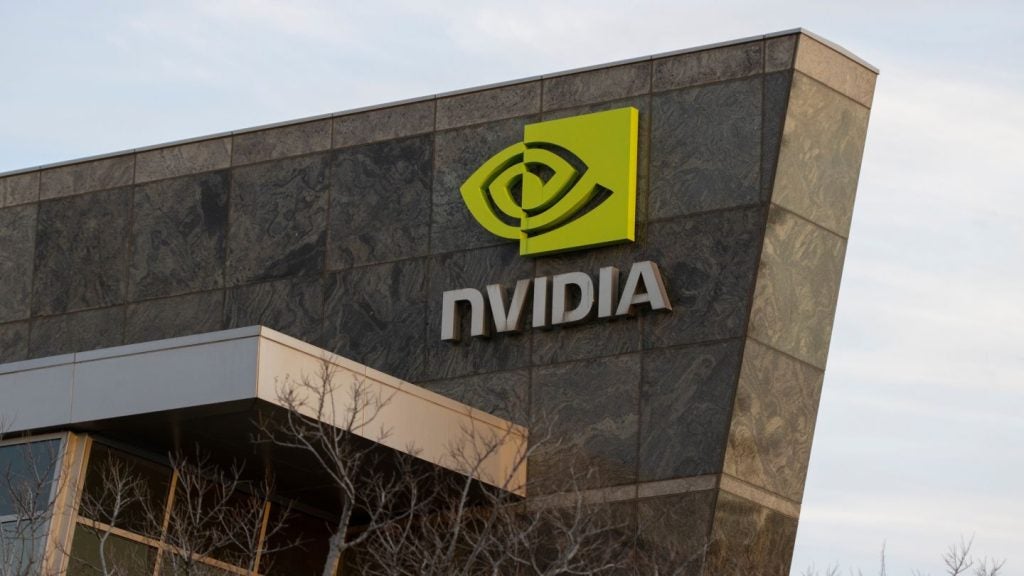Artificial intelligence and art have been in conflict in recent years, with AI technology growing to support art and the number of data centres rising.
With the environment in mind, these data centres are reportedly concealing a hidden energy-guzzling secret.
Climate activists are deemed enemies of the people
In March 2024, actors Jeremy Strong and Michael Imperioli were upstaged by Extinction Rebellion (ER) activists during their performance of Henrik Ibsen’s play An Enemy of the People.
The plot narrates the character Dr Stockmann reporting that the water supply of the town he lives in is contaminated with bacteria. His report is silenced by the mayor, and at a local town hall, the doctor is deemed “an enemy of the people” for his extreme musings on political majorities, freedom of speech, and societal pollution. The ER activists protested the play shouting “no theatre on a dead planet” and fitting with the play, objected to the “silencing of scientists.”
Artistic climate protests
Since 2022, more than 40 works of art have been at the centre of Extinction Rebellion and Just Stop Oil protests. The climate activist groups have thrown food at, and painted bloodied handprints on, masterpieces from the likes of Van Gogh and DaVinci. The protests aim to generate noise and discussion, and more often than not, they achieve just that, causing a stir on social media and making headline news, often reinforcing the protestors as “enemies of the people.”
While these demonstrations centred on bright, colourful, and vibrant works of art draw attention to the climate issue, they do not raise awareness about some of the biggest areas threatening the environment.
Data centres—the mechanical, vast, and sterile environments powering the artificial intelligence (AI) boom—need greater attention.
Data centres need greater attention
The rise of generative AI has been matched with the belief that it will help provide solutions to climate-related concerns. At COP28, Google argued that AI-generated solutions could help decrease global greenhouse gas emissions by up to 10%.
However, light has since been shed on the excessive energy and water consumption that AI systems use, highlighting that an AI query could use up to ten times more energy than a standard Google search. A recent report from Climate Action Against Disinformation details the extent of the effect AI could have on the environment.
Why data centres threaten the environment
By 2026, data centre electricity usage is set to double from 460 Terrawatt hours (TWh) in 2022 to 1000 TWh, according to the International Energy Agency.
By 2027, AI servers are estimated to be using the same energy levels as the country of Sweden. With AI booming in the next decade, a doubling in data centres will mean global energy consumption from these centres will go from 1% to 13%. AI will therefore increase global emissions rather than decrease them as previously championed.
Evidence in the US is already showing that the life of coal-fired power stations is being extended to account for rising energy demands from AI. These are worrying levels of energy consumption, which are hidden away from public view. Climate protests centred around art and theatre no doubt draw attention to the climate issue. However, the real threats to the planet and climate are in direct contrast to the works targeted, hidden away, and left relatively unspoken about in public consciousness.








